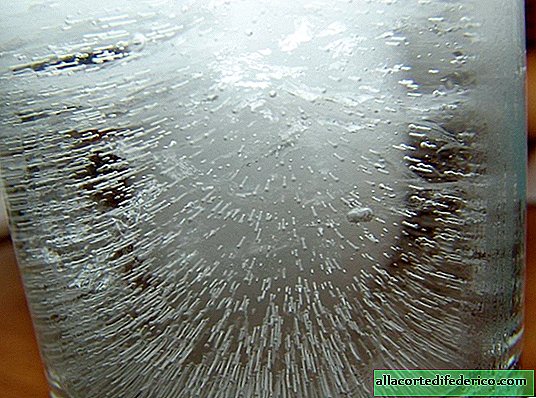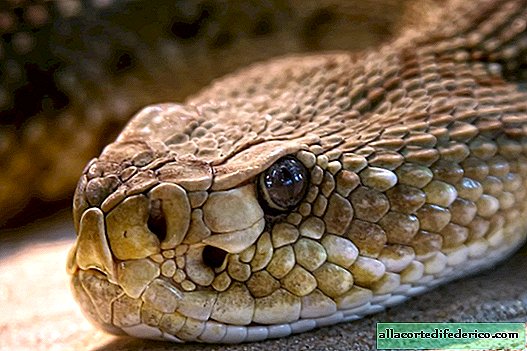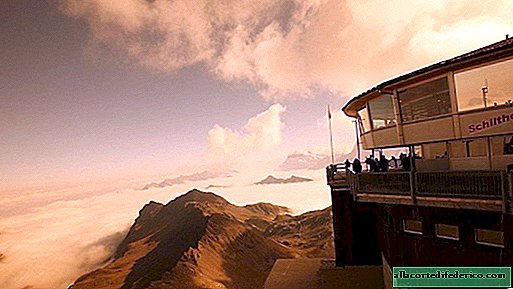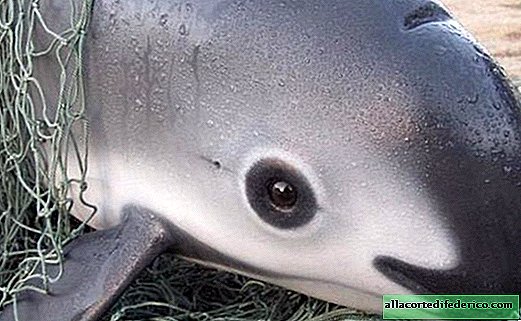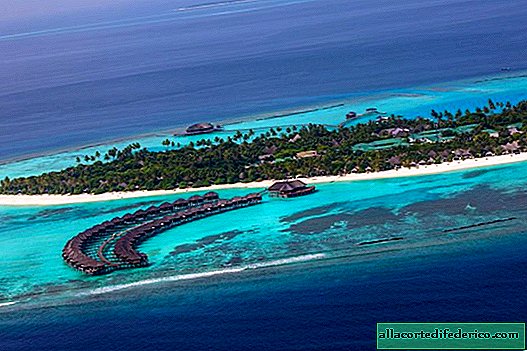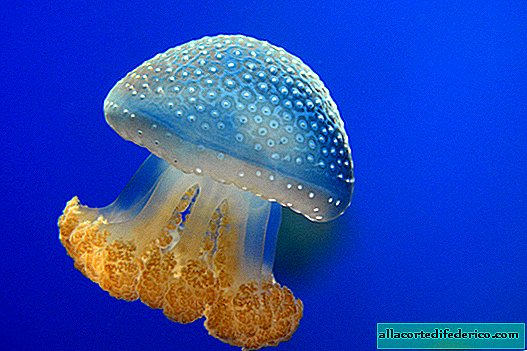Scientists say goodbye to the first glacier of Iceland, which completely disappeared
Oak Glacier was the first of Iceland's glaciers to completely disappear from the surface of the island due to climate warming. Scientists watching the gradual melting of the glacier intend to establish a memorial plaque in honor of this sad event. This may seem overly pathetic, but setting the plate is another desperate attempt by scientists to draw the attention of the public and political leaders to the problem of greenhouse gases, which, it seems, no one is going to solve.
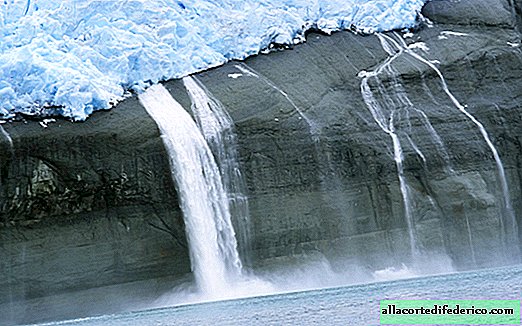
Iceland is one of the centers of modern glaciation in the northern Atlantic, traces of which have been preserved here since the last ice age. The uniqueness of the Icelandic glaciation lies in the fact that many glaciers are located on top of volcanoes, including active ones, but the presence of hot neighbors does not greatly affect the area of glaciers. The fact is that the island is quite cold in winter and the summer losses of ice and melting associated with volcanic activity were easily compensated. At least that was until recently.

Due to the gradual increase in the level of greenhouse gases in the atmosphere of the planet and the subsequent warming, even the glaciers of Iceland began to decrease in size. This applies to both large glaciers, such as, for example, Vatnajokull, and smaller glaciers located on the slopes of Icelandic volcanoes. The first victim of climate change on the island of Iceland was the small Oak glacier (Okiekudl), located above the volcano of the same name.

Back in 2014, scientists recorded the separation of the once whole Oak glacier into small isolated areas, which actually meant the disappearance of the glacier. A century ago, it occupied an area of 15 square meters. km and had a thickness of about 50 meters, but today only ice lenses formed in the winter are left of it. The ice melted during the summer months did not have time to recover during the cold season, and Ok decreased annually. The glacier literally disappeared during the lifetime of one generation of people, and this impressed scientists and environmental activists.
 A commemorative plaque commemorating the first glacier in Iceland to be affected by global warming. The carbon dioxide concentration is indicated below: 415 ml / m3.
A commemorative plaque commemorating the first glacier in Iceland to be affected by global warming. The carbon dioxide concentration is indicated below: 415 ml / m3. 
The meltwater of the Oak glacier has become part of the global water cycle and replenished the oceans, making its modest contribution to raising its level. Will they ever return to the slopes of Oak Volcano as a new glacier? Perhaps it will be seen by subsequent generations of earthlings, if modern inhabitants of the planet can change the existing climatic situation.


